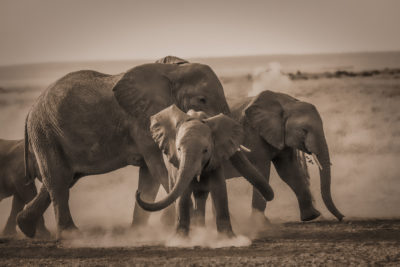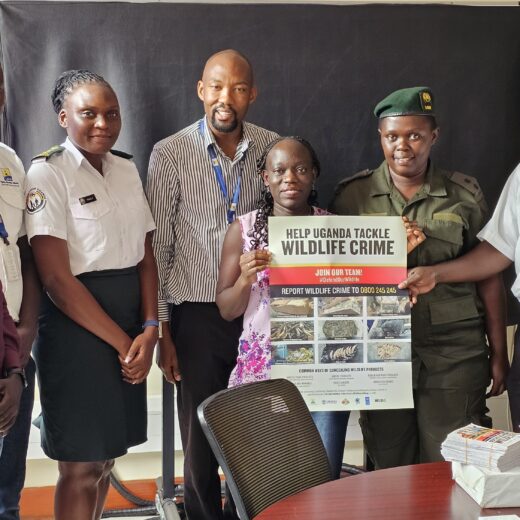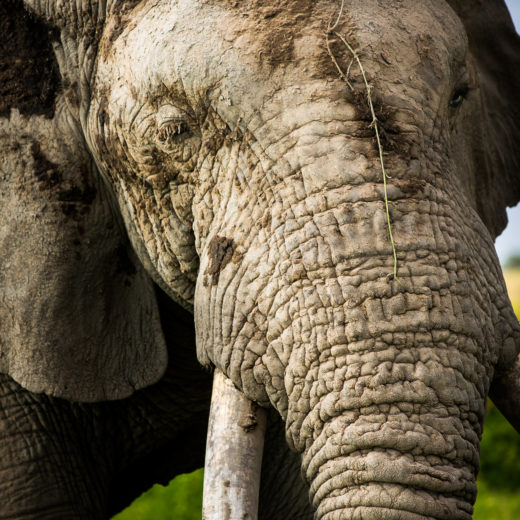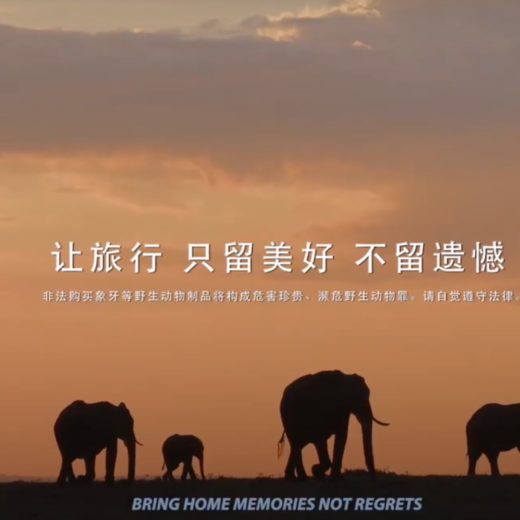
After peaking in 2011, elephant poaching rates in Africa have started to decline, according to new research from the universities of Freiburg, York and the Convention for the International Trade in Endangered Species (CITES). This decline comes after extensive demand reduction campaigns, an ivory ban in China and increased enforcement effort around the world.
“The poaching rates seem to respond primarily to ivory prices in South East Asia and we can’t hope to succeed without tackling demand in that region,” said one of the authors of the study, Dr. Colin Beale, from the University of York’s Department of Biology.
Since China’s President Xi announced his intent to ban domestic sales of ivory in September 2015, ivory prices have dropped by more than two-thirds (from US$2,100/kg to less than $700/kg).
“The announcement of China’s ban killed the resale price of ivory and with it the speculative market,” said WildAid CEO Peter Knights. “Demand reduction campaigns drastically increased consumer awareness and an economic downturn may also have played some role. However, current demand for luxury items exceeds 2011 numbers and yet ivory prices are still down and poaching continues to decline. We hope the current major crackdown by Chinese Customs will also help reduce the market.”
Researchers found that annual poaching rates declined from an estimated peak of over 10% in 2011 to less than 4% in 2017. While they were not able to conclude whether China’s ivory ban is having an impact on the figures as “ivory prices started to fall before the ban and may reflect a wider downturn in the Chinese economy,” indicators WildAid analyzed suggest the economy was not as dominant a factor as the ban and public awareness campaigns.


Chinese consumption of luxury goods shows a modest downturn of 4% between 2012 and 2013 – when poaching levels were high. Meanwhile, China’s economic growth rate declined by a staggering 10% (see bar graph). If the economy played a dominant factor, poaching would have declined comparably. Another case in point, poaching in 2016 was down from high levels in 2011 and yet the economy was performing exceptionally strong.
While poaching rates are falling, it’s not enough to stabilize populations. According to the researchers, elephant population growth rates can be 5% per year, “suggesting current poaching rates could be sustainable if poaching mortality entirely compensated for natural mortality.”
Dr. Beale and his associates recommend anti-poverty measures to disincentive poaching as well as prioritizing comprehensive social and behavioral change interventions to both prevent and reduce demand.
“Only about 6% of the current funding going towards tackling illegal trade in wildlife is directed to communication,” said Severin Hauenstein, from the University of Freiburg.
More funding is needed to help reduce demand. WildAid works in Asian consumer markets to reduce demand and raise awareness for China’s ivory ban. Using our relationships with private and government-owned media partners, we leverage a small communications program budget into over $230 million in pro bono media placement value.
Stay in touch and get the latest WildAid updates.
SIGN UP


